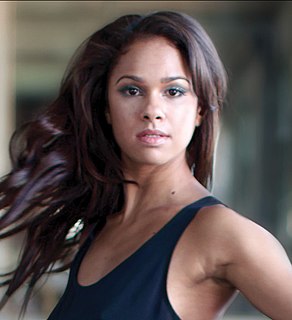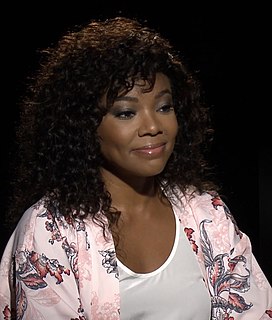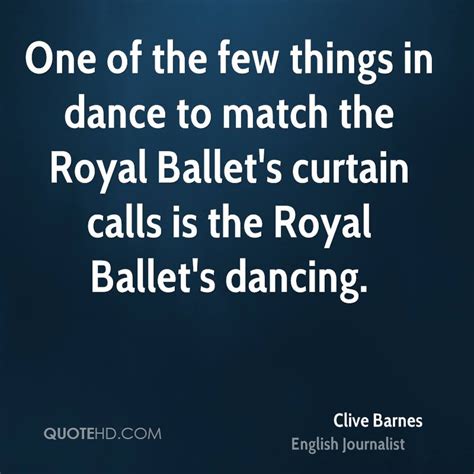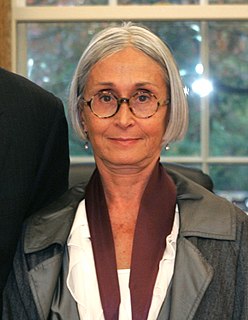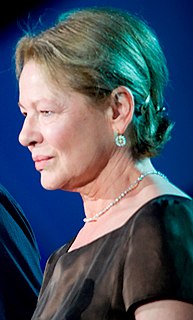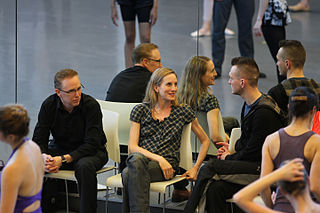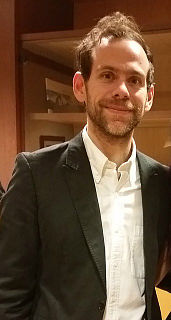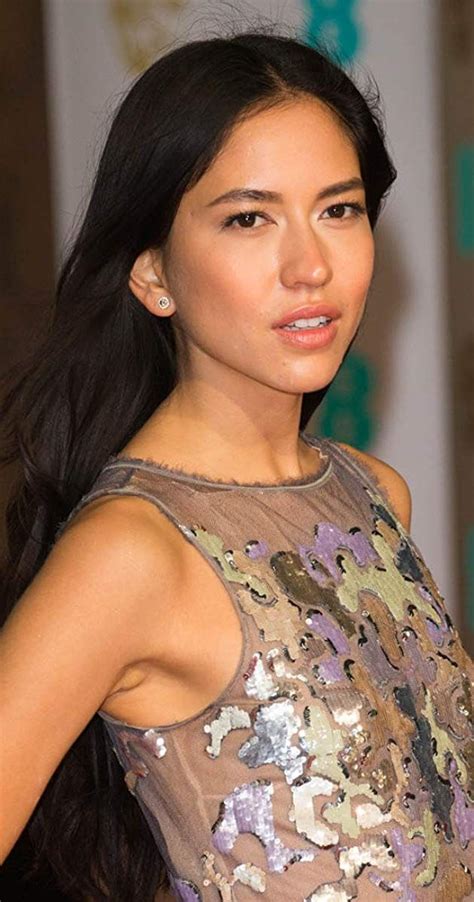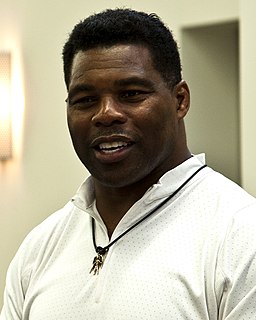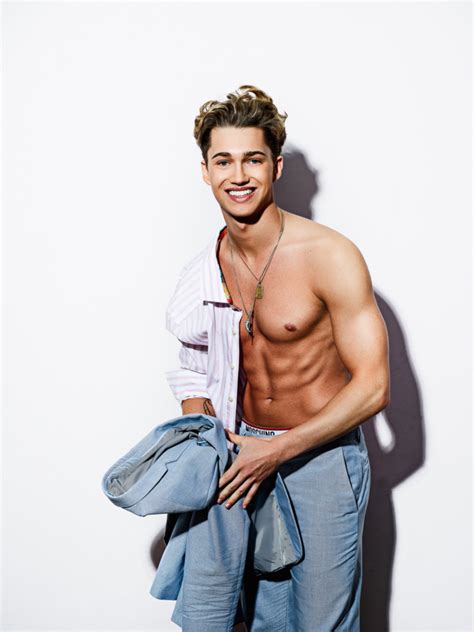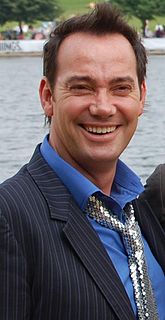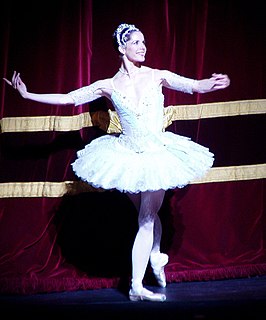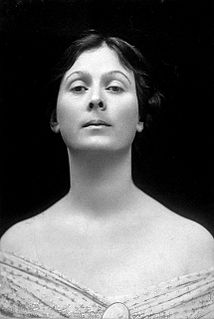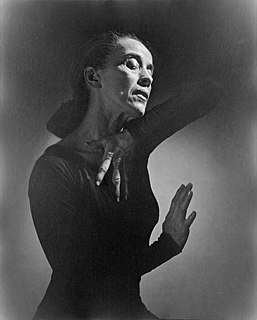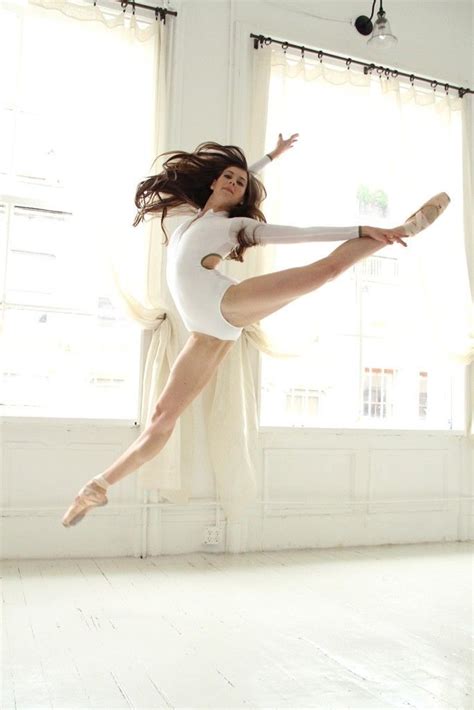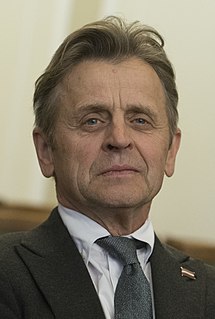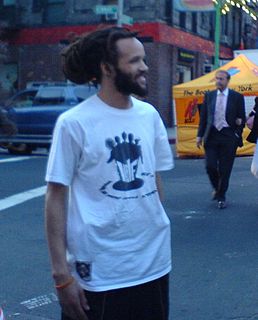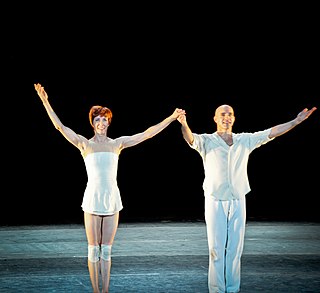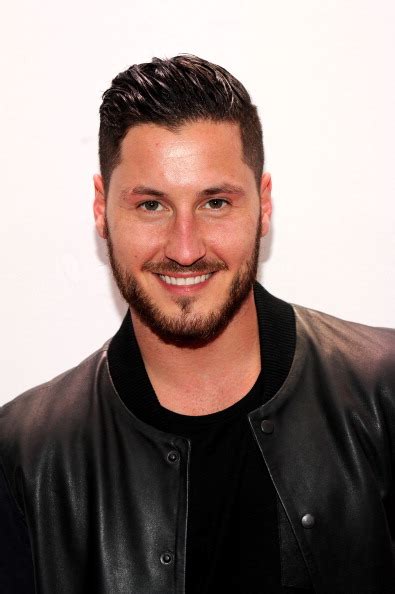A Quote by Misty Copeland
'The Firebird' just symbolizes a lot for me and my career. It was one of the first really big principal roles that I was ever given an opportunity to dance with American Ballet Theatre, and it was a huge step for the African-American community, I think, within the classical ballet world.
Related Quotes
Look at where I lived! Four blocks from Lincoln Center. I used to play in the fountain. And then I started taking dance lessons. I was in 'The Nutcracker' for the N.Y. City Ballet when I was 8 and dancing in 'The Firebird' for George Balanchine when I was 9. Believe me, that's something you don't ever forget.
You know, when Trayvon Martin was first shot I said that this could have been my son. Another way of saying that is Trayvon Martin could have been me 35 years ago. And when you think about why, in the African American community at least, there's a lot of pain around what happened here, I think it's important to recognize that the African American community is looking at this issue through a set of experiences and a history that doesn't go away.
I started ballet in my early 20s. I studied for about ten years. Ballet is probably the one of the hardest things I've done, almost like MMA. People don't give it a lot of credit and think it's easy, but it's very difficult. For an athlete, you use muscles you really don't use, and ballet is something I really respect.
I started ballet in my early 20s. I studied for about ten years. Ballet is probably the one of the hardest things I've done, almost like MMA. People don't give it a lot of credit and think it's easy but it's very difficult. For an athlete, you use muscles you really don't use and ballet is something I really respect.
